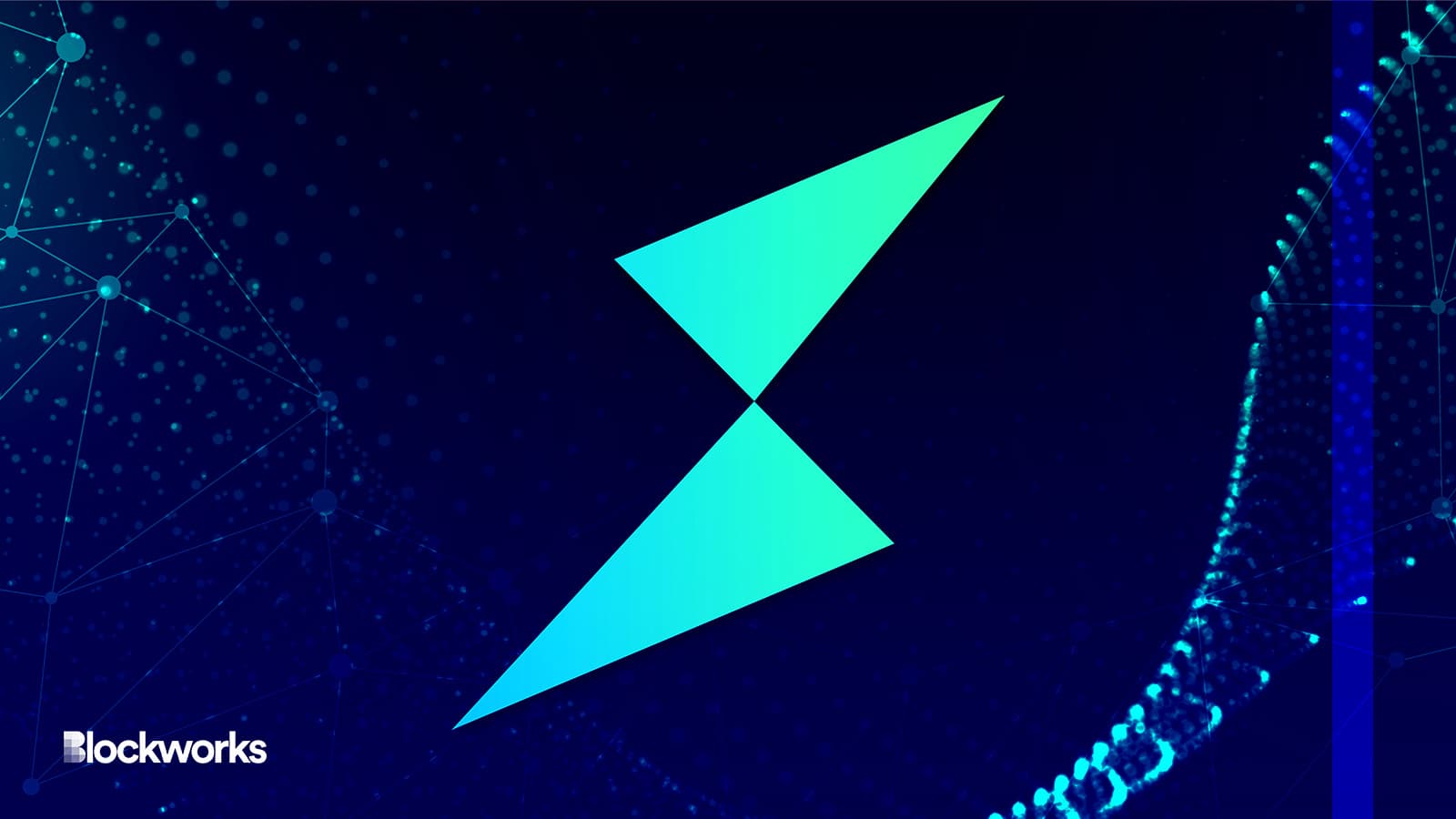Native Bitcoin in DeFi — This DEX Wants to Boost Trust
ThorChain teams up with Trust Wallet to capture millions of potential new DeFi users

Muhammed AKAN/Shutterstock.com modified by Blockworks
The hidden costs of centralization have been on display in spades this year, between the bankruptcies of centralized lending platforms and exchanges, especially FTX. Non-custodial decentralized exchange (DEX) ThorChain, meanwhile, has flown under the radar — despite its unique connection to Bitcoin and growing user base.
The DEX is known for being the first — and by far the largest — to facilitate cross-chain swaps between native bitcoin and other networks. Previously, this kind of cross-chain asset transfer required a centralized exchange like Binance or Coinbase: Deposit bitcoin, sell for ether and withdraw to Ethereum — or use a custodial wrapped asset, such as WBTC, on Ethereum.
That’s the main problem that developers of ThorChain — which is based on the Cosmos software development kit (SDK) — set out to solve. The network beta version launched in April, 2021.
“Instead of trying to bring bitcoin to DeFi via a wrapped asset, let’s bring DeFi to bitcoin,” Chad Barraford, the project’s technical lead, told Blockworks.
The DEX is conceptually “asset agnostic,” with Barraford likening the notion of being locked into any one crypto ecosystem as “like being a computer manufacturer that will only sell to Japan.”
There have been some forks — attempts to improve on ThorChain’s open-source code — such as Maya Protocol, and Chainflip, but, according to Barraford, “there hasn’t been a design for interacting with bitcoin that maintains economic security, other than ThorChain.”
Improving the utility of Bitcoin and DeFi user experience
ThorChain’s integration with Trust Wallet, a self-custodial, multi-chain wallet provider, is a move to expand the user base of both: Trust Wallet — which is owned by the world’s largest centralized exchange, Binance — brings 10 million active users, a spokesperson told Blockworks. Thorchain, meanwhile, has logged about 62,000 addresses and 9.3 million transactions over its history, according to the latest data.
Blockworks Research analyst Dan Smith said the integration is a significant step.
“People like simplicity,” Smith said. “[You] don’t have to use a site you are unfamiliar with.”
ThorChain, after all, hovers among the top four options in terms of bridge volume, and even did a stint at No. 2 during the peak of the November FTX-driven sell off.
The biggest problem, as many DeFi projects are discovering, is liquidity, according to Barraford.
“The more shallow the pools are, the higher the swap fees will be,” he said. “We do a slip-based fee model, not a straight 30 [basis points] like Uniswap]. At some stage it’ll be uncompetitive, like right now the pools are very very shallow, largely because it’s a bear market.”
That pushes up transaction fees as a result of slippage between traded assets. If ThorChain can attract enough liquidity, the swap fees can drop to become even cheaper than Binance, as they already were during the height of the last bull market.
A new product, “Savers”, launched in November, allows native bitcoin to be included in liquidity pools — without the risk of impermanent loss, or the need to whole any of Thorchain’s native token, RUNE.
That should appeal to bitcoiners, Barraford said, “who want to earn BTC on their BTC” but have no interest in RUNE as an asset.
The eventual goal, he said, is DEX aggregation — giving users the ability to conduct multiple cross-chain swaps in a single transaction, would be a huge improvement to user experience.
Promoting DEX benefits
The turmoil associated with the downfall of FTX and other centralized parties may help refocus attention on truly decentralized projects.
“Users are now more motivated than ever to capitalize on the benefits of self-custody,” Barraford said in a statement. “The latest market developments emphasize the importance of transparency and self-custody, features that are inherent in decentralized finance (DeFi).”
There are even efforts to bring institutional capital into the ThorChain sphere, with firms such as Nine Realms, whose CEO Gavin McDermott commented that, “beyond the philosophical appeal of self-custody, people will use THORChain because it provides an excellent user experience and feature parity with centralized counterparts.”
The biggest risk to the ThorChain narrative seems to be its complexity. Even sophisticated crypto builders like Solana Labs co-founder Anatoly Yakovenko have been confounded by its economic design.
This claim — that “it carries similar risks as [Wormhole]” — is objectively false according Smith, who said, “risks do certainly exist, but very different,” with ThorChain.
“Economic security is so important,” Barraford said. Theoretically, a hacker would need to simultaneously compromise the private keys of all of ThorChain’s decentralized active nodes — currently 86 of them — to steal the network’s assets. But the validators themselves must escrow a security bond in RUNE such that their own economic incentives prevent malicious action.
Otherwise, it would certainly spell trouble for the ThorChain token, but that’s by design — it also keeps network participants honest. Thus, the token is a critical part of what makes native cross-chain swaps possible.
“The value of the RUNE that I bought would go to zero…We needed an asset that would go to zero, in order to maintain economic security.” Barraford said.
Update, Dec. 15, 11:54 p.m. ET — Yakovenko elaborated in a follow-up tweet that he was referring not to ThorChain’s economic design, but to the risk of an unnoticed remote code execution (RCE) — a malicious bug — in the node software or hardware.
Get the news in your inbox. Explore Blockworks newsletters:
- The Breakdown: Decoding crypto and the markets. Daily.
- 0xResearch: Alpha in your inbox. Think like an analyst.






